FORT GILLEM, Ga. -- The Army does everything together. Soldiers train together, eat together and travel together. So why not bring military motorcycle enthusiasts together - for safety's sake'
There appears to be a growing trend spawning an interest in motorcycle culture these days, and with that in mind, Chief Warrant Officer Robert Reynolds, safety officer and Motorcycle Program manager, U.S. Army Central (USARCENT), thought maybe Atlanta-area military riders would enjoy a gathering of this nature.
Therefore, USARCENT hosted the Atlanta Area Military Motorcycle Safety Rally Sept. 25 and 26 at Fort Gillem. Reynolds got the idea from a recent trip he made to Washington D.C., where he witnessed a similar event staged at the Pentagon. He took his idea to the USARCENT commander, Lt. Gen. James J. Lovelace, who gave him the green light.
"The overarching thing for me is to provide an event for riders, especially Soldiers, that our senior leadership here and across our command, understands the issues in the motorcycle arena," said Reynolds. "We're working to engage Soldiers in this annual safety event, one which I hope will become an enduring event."
Col. Deborah B. Grays, commander, U.S. Army Garrison, who also rides a motorcycle, opened the two-day rally, saying she was proud to be a part of the event.
"We're here for one reason, and that is to keep safety first and prominent as we go through the next few days of this event," commented Grays.
Guest speaker Troy Gilleland, the deputy commander of personnel at U.S. Army Forces Command (FORSCOM), oversees the Safety Program at FORSCOM and provided the group with statistics.
"There's a misperception that riders are young and inexperienced. What's actually being reported is that most (military) motorcycle fatalities involve servicemembers in grades E-4 through E-6 with six to eight years of time in service. Most of them have had some type of motorcycle training, but yet were undisciplined ... speeding, not wearing protective gear or drinking alcohol while riding," Gilleland said.
"Within the Atlanta-area commands, we don't have too many (riders) that fit that description. Our riders are more experienced, more seasoned. And my challenge to those riders is to look more at improving your defensive riding skills by watching other drivers who talk and text while behind the wheel. Drivers in cars are looking for other cars, not motorcycles," stated Gilleland.
"You've got to assume that other people, other drivers, don't see you. Get out and educate your friends and coworkers on the characteristics of a motorcycle so that others will understand the differences between cars and motorcycles.
"I also try to be a role model when I ride, to set the example and always wear my protective equipment and take corrective action when I see other riders doing something wrong," Gilleland explained. "It's important for our Soldiers to learn proper riding skills and to be safe riders. Being a Soldier is a 24/7 job. They have a responsibility and expectation in adhering to certain standards and we want to make sure that as riders, they are properly educated," said Gilleland.
"Soldiers are now looking for something exciting to do. Most can now afford a motorcycle these days and riding is a great experience - being on the open road," he added. "There are a lot of these types of events going on around the Army, to include rider clubs and MMPs (motorcycle mentorship programs), so there are a lot of great programs," Gilleland said.
One of the foremost MMPs in the Army comes from Fort Sam Houston in San Antonio. Eight riders from the Fort Sam Houston Regimental Riders group made the journey to help promote motorcycle safety. This group has been accident free for more than three years.
Sgt. Maj. Mou Morales is the group vice president. He explained what makes their MMP successful is they have created their group to work as a family.
"We have fun. There is enjoyment in what we do with camaraderie. This is our hobby, with safety in mind," Morales said. "We also participate in local food drives, blood drives and charity events, giving something back to the community. We ride with the Marines for Blue Santa, and the police with Blue 9, where we get together during the holiday season and take gifts to a local orphanage. Some of those kids are crying when we have to leave because they enjoy the time we share so much," said Morales.
"And what's also important is that our command fully supports us and what we do - that's the best part," said Morales. For more information on the Fort Sam Houston MMP, visit its Web site at www.regimentalriders.com.
A duo that is becoming quite active in the Army motorcycle safety scene is the Motorcycle Police Team from Fort Polk, La. Officers Randy Pruitt and Troy Slate entertained the crowd with their performance and motorcycle maneuver skills.
Pruitt, a 30-year rider, and Slate, a 25-year rider, hauled their brand- new Harley's here for this, their first demonstration event. Needless to say, they were somewhat nervous. "You're not a rider unless you've dropped a bike at least once," said Pruitt. "And, yes, we do write tickets every now and then."
The police officers attended a police motorcycle school in Gulfport, Miss., to prepare them for their jobs. Following one of their demonstration runs, they opened the Fort Gillem course to riders who were interested in running their bikes through the gamut. Not one bike hit the ground.
From the Army Combat Readiness Center (CRC), a team arrived with two Safe Motorcyclist Awareness and Recognition Trainers (SMART) systems, for riders to tackle. The computerized motorcycle simulator contains the major components on a bike: the handle bars with throttle, clutch and hand brake, a seat, gear shifter and foot brake. As the rider starts the engine, the computer gives the operator directions to navigate through various driving scenarios. Each driving situation is recorded and graded for review at the end of the run, so the rider can recall his mistakes and learn how to maneuver if he or she is ever in that real-world situation.
"It was a good experience and it brought a lot of real-life situations to my attention," said Staff Sgt. Rashad Valmont, of the Army Medical Professional Command in Morrow.
Chief Warrant Officer Earnest Eakins, from the CRC, explained how and why the SMART trainer is "great for new riders."
"It helps bring people back to a standard without putting them on the street and in dangerous situations. It opens them up to real riding experiences," explained Eakins. The second day of the event featured a group ride to Indian Springs State Park, near Jackson, and included a barbecue lunch. A prominent leader in the pack was Brig. Gen. William H. Forrester, director of Army Safety and commander, U.S. Army Combat Readiness and Safety Center.
"Events like this help to raise the awareness, but more importantly is that we are creating a sort of band of brothers out here. We are great at creating cohesive units that do well together when faced with adversity," said Forrester.
"They learn to watch out for one another as bikers. Riding as a group creates a safer condition from which to operate and when they depart the group, they take what they've learned individually and put those skills and behavior into practice," he added.
"It's the core values that are the foundation of all we practice and that basis keeps them going and keeps them strong," said Forrester.

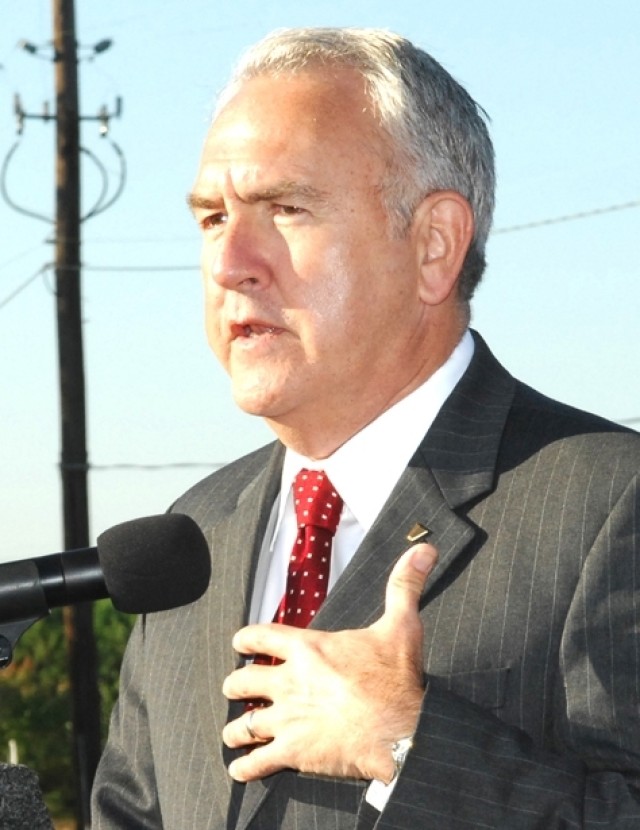
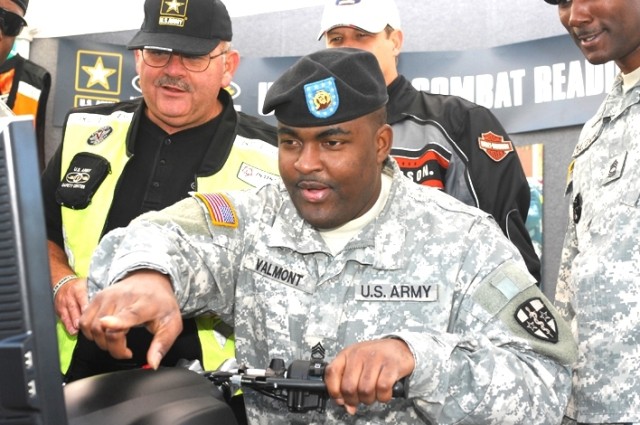

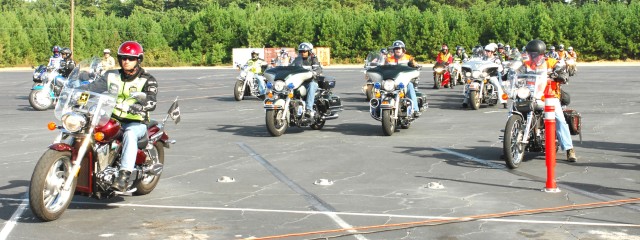
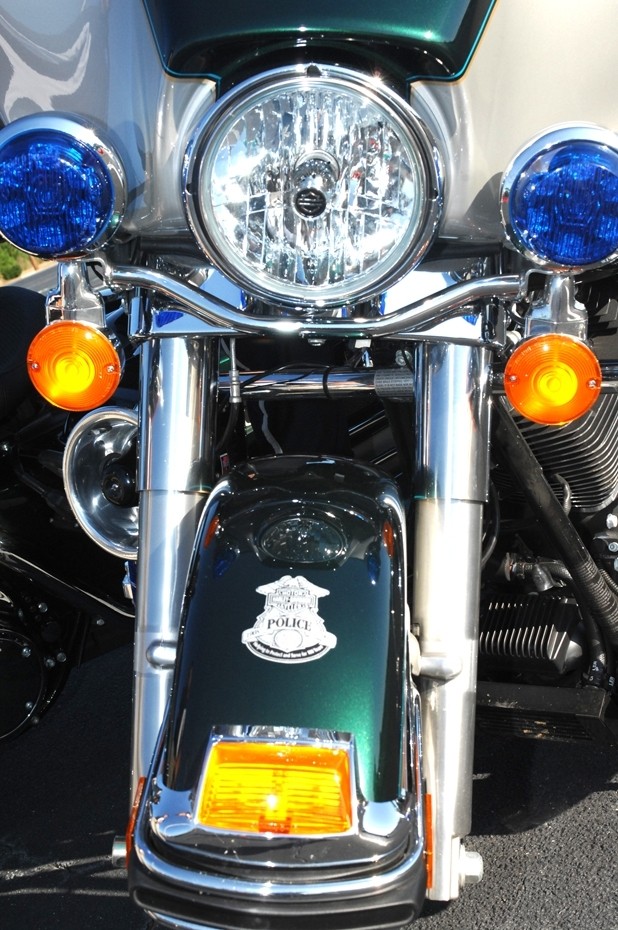
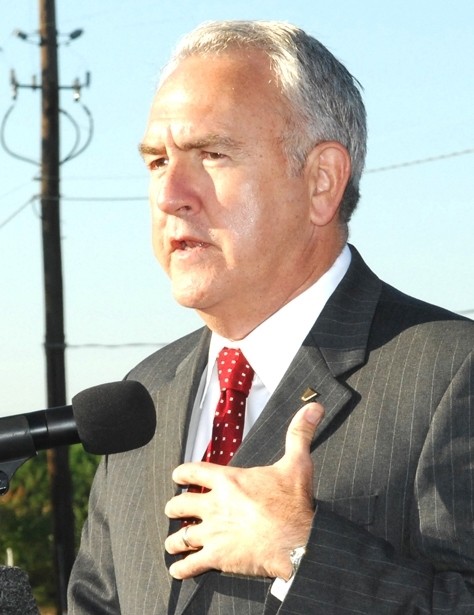
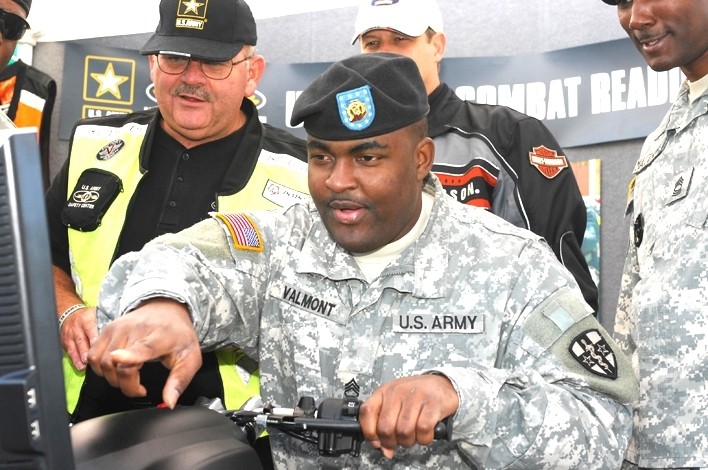
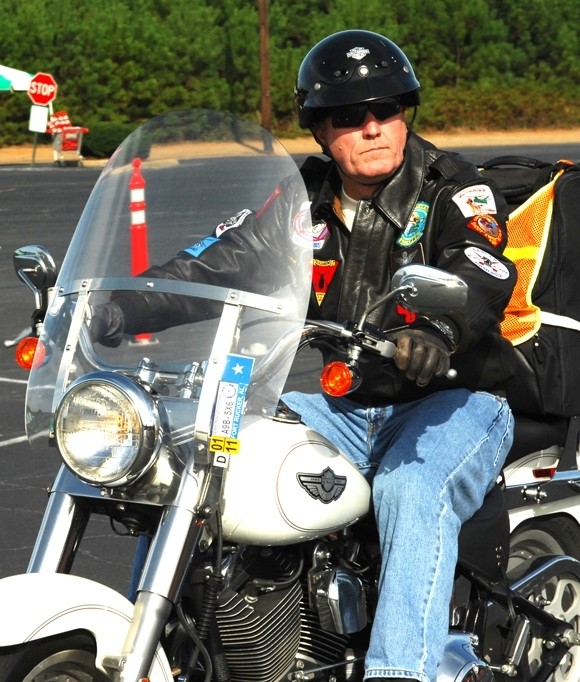

Social Sharing